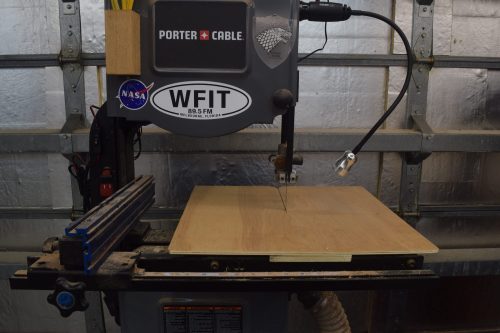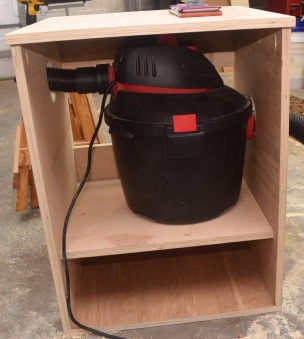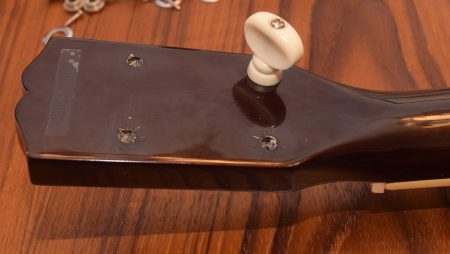I broke down and finally bought a 3D printer. The monoprice mini at only 200 dollars is basically the best value buy there is. And here it is sitting on a messy desk full of printed parts and printer tools. This thing is going to need a custom table soon.
I was so excited when I first fired it up that I shot a little video of its first print.
It worked really well out of the box, though I have been doing my best to monkey with settings and make everything go faster and smoother. The major learning point has been that buildtak is a great surface to print on, and turning the bed heat down from 60°C to 45 really helped the prints come off without a jackhammer.
Printing for the Printer
The front knob on the tool is really annoying. It is flush with the surface, and yet you have to spin it a lot. It gives you bonus moves sometimes, which only makes things more frustrating. Luckily, there is a print for that! Some kind soul figured out how to pull the knob off and print an extension.
Getting a spool cracked open is fun, but dealing with an unwinding spool isn’t. Luckily there are a number of great choices on Thingiverse for filament holding clips. Why not print a few? The loose filament goes through the small hole.
The downside to this printer is that it isn’t exactly open source, and they don’t sell replacement parts. Luckily the 3D printing community is amazing, and they have a bracket you can use to put a COTS replacement on this puppy for the day when the hot end dies. Better to print that now than be sorry later!
Once I got the basics down it was time to tackle some of the settings. I printed a 1 inch cube to check dimensional accuracy, and some benchy models that stress overhang, bridging and other fun 3D printing features. The course setting did really well, but is kind of rough in places. No surprise there. The high quality setting looks awesome on most surfaces, but had some fuzzies on thin surfaces and didn’t handle the bridging as well. So many settings, so little time.
Lots more wacky prints to come in the very near future!











































































